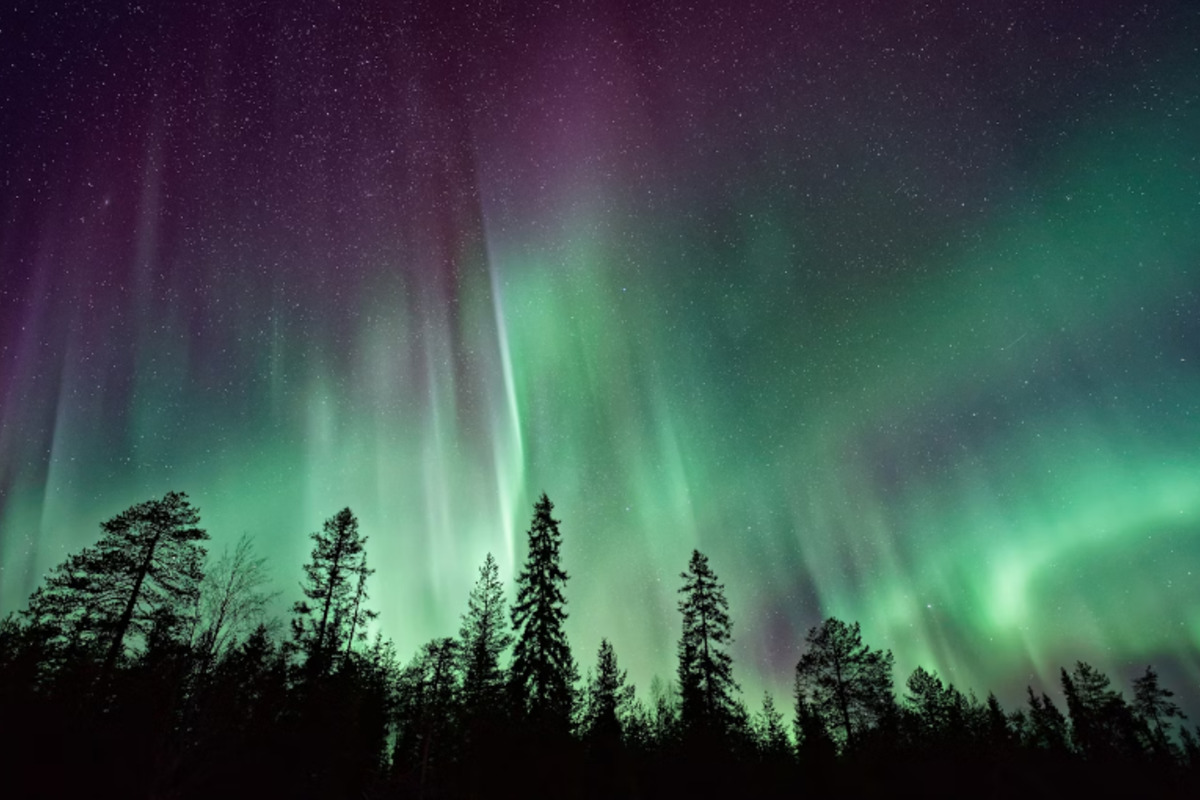Lone Star Light Show, Northern Lights May Twinkle over Texas

Stargazers, take note: this weekend might just offer a light show rarely seen this far south, with the Northern Lights potentially visible in parts of the U.S., including areas as unexpected as Texas. According to the Houston Chronicle, conditions may align for the Aurora Borealis to be seen in northern sections of the Greater Houston area, including Cypress and Lake Conroe.
Multiple solar flares have erupted, leading to a Severe (G4) Geomagnetic Storm Watch issued by the NOAA Space Weather Prediction Center, this level of storm is something to sit up and take note of, it's not an everyday occurrence and the flares, potentially disrupting communications and power grids, are heading straight for Earth. Late Friday offers the best chance for Texans to catch a glimpse, with Roberto Villalpando, the Houston Chronicle's Weather Science Editor, noting a 35% to 45% cloud cover, though following nights may see mostly cloudy to overcast conditions limiting visibility.
Elsewhere in the U.S., the odds might be better, according to NEXSTAR, the aurora could dazzle observers in many northern states. They’re keeping a close eye on solar activity that’s been notably intense since early May, with multiple geomagnetic storm warnings ignited by a flurry of solar flares and coronal mass ejections.
For those not versed in solar phenomena, a flare is a burst of energy from the sun, these eruptions can last for minutes to hours and release vast amounts of energy, triggering coronal mass ejections which are immense clouds of plasma expelled into space, when these solar spitballs collide with Earth's magnetic field, they can generate the mesmerizing auroras. If Earth is in the right spot at the right time, and if skies are clear, the Northern Lights might be seen far south, environments usually unacquainted with this polar spectacle, as the Geophysical Institute at the University of Alaska Fairbanks extends possible visibility even to states like Missouri, Kentucky, and Maryland on certain occasions.
However, the show is not guaranteed, as the interaction between coronal mass ejections and Earth's magnetic field must follow a very precise trajectory for the auroras to spark, and if they happen during daylight, the chance to witness the auroral dance is lost. But take heart, as NOAA experts suggest, we're approaching the peak of the Solar Cycle 25, this means there might be more space weather events in the near future that could bring the Northern Lights within reach again for U.S. onlookers.
Welcome to Billionaire Club Co LLC, your gateway to a brand-new social media experience! Sign up today and dive into over 10,000 fresh daily articles and videos curated just for your enjoyment. Enjoy the ad free experience, unlimited content interactions, and get that coveted blue check verification—all for just $1 a month!
Account Frozen
Your account is frozen. You can still view content but cannot interact with it.
Please go to your settings to update your account status.
Open Profile Settings